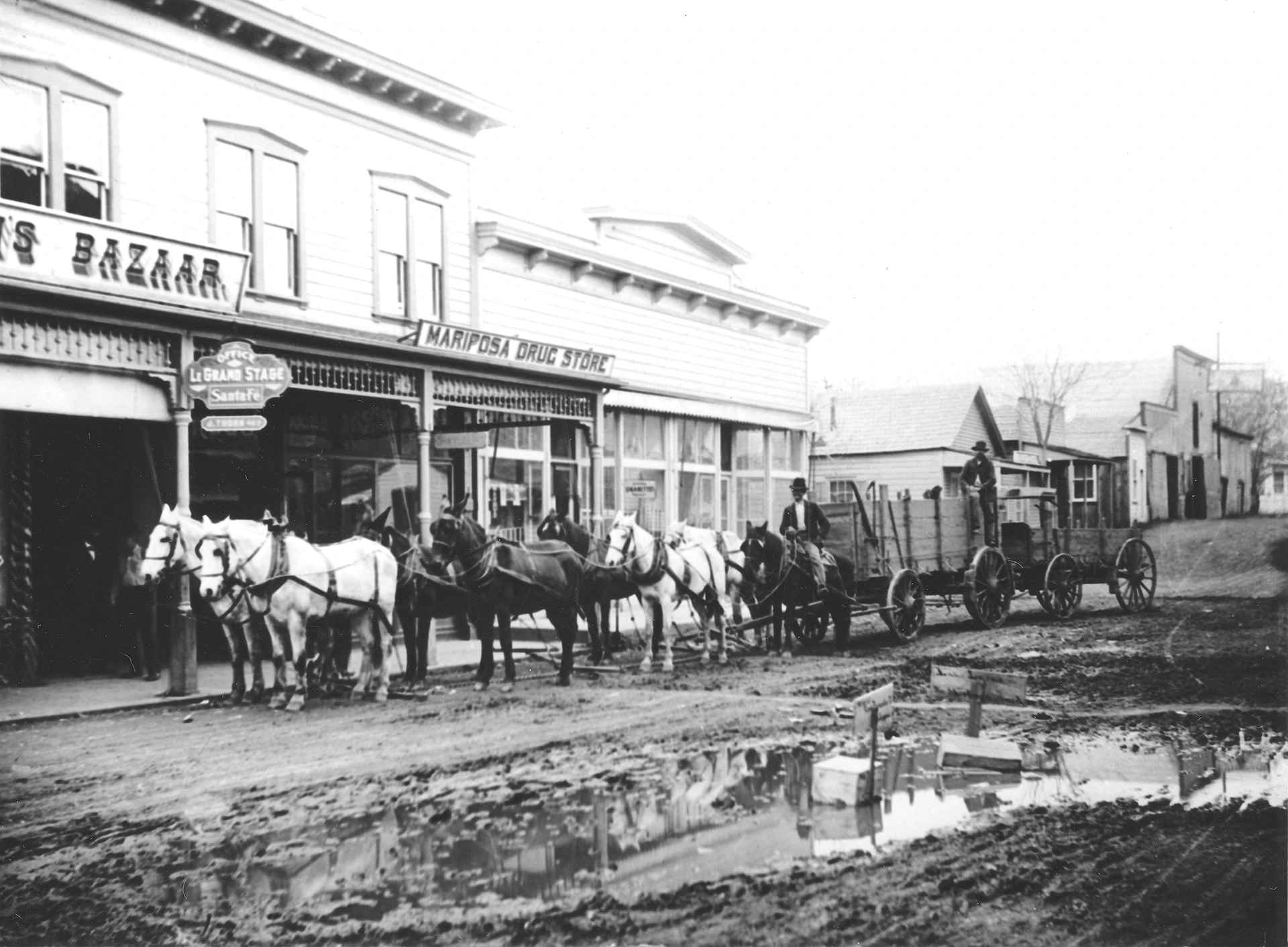Situated in the heart of the Sierra Nevada, Mariposa County is rich in both history and natural beauty. The Gold Rush-era town of Mariposa serves as the county seat, and it’s a truly charming burg that serves as the perfect gateway to Yosemite National Park. Learn about the history of Marisosa, California, and its notable landmarks such as the Courthouse and Stone Jail, here.
Native American Tribes of
Mariposa County
Californians tend to consider the gold rush as the beginning point of their history. In terms of establishing permanent towns and leaving a written historic record, this belief is understandable, if incorrect. The truth, of course, is that human societies dwelt here for 8,000 to 10,000 years before the gold rush, though our knowledge of that period is incomplete.
Yosemite and Mariposa County are the original homes of Native Americans such as the Southern and Central Miwok tribes, whose presence in the region dates back roughly 4,000 years. The early native populations who lived here named the place “Ahwanee,” or “gaping mouth.”
Even the first Europeans, the Spanish, left no settlements in present-day Mariposa County, and few written records, although it was the expedition of Gabriel Moraga in September 1806, which bestowed Las Mariposas, the Spanish name for butterflies, on the region because of the incredible number of these beautiful bugs they encountered.
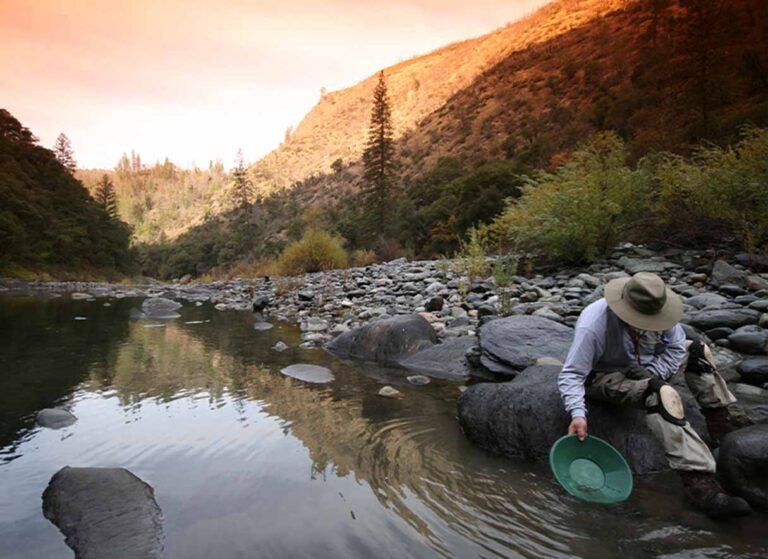
Across the West, entire towns either sprang up or saw a massive lift in their economies thanks to the California Gold Rush in the 1840s and 1850s. Mariposa was no different, as the discovery of gold in nearby hills drew fortune seekers and gold miners to the region, which in turn led to a boom in local business. We have this era to single handedly thank for the Mariposa County Courthouse, which was stunningly captured by the lens of Ansel Adams a century later.
Mariposa turned out to be at the southern end of the mother lode, and in addition to the town of Mariposa, CA, a number of other settlements sprang into being, such as Agua Fria (briefly the Mariposa county seat in 1850 and 1851), Hornitos, Indian Gulch, Bear Valley, Coulterville, Mount Bullion (Princeton), and Bagby.
If you’re looking for an authentic gold rush experience, check out the Northern Mariposa County History Center located in Coulterville.
Post-Gold Rush History of Mariposa, California
As the placer gold played out during the 1850s and early 1860s, hard rock quartz mining, organized by companies and worked by employees (who often lived in company housing and patronized company stores) replaced most of the thousands of individual miners and their tents, shanties and the entrepreneurial businesses that had served them. “Less colorful, more orderly,” is how one expert describes the change in communities that survived. A dwindling number of individuals, however, continued working small claims and mines.
Although the gold rush frenzy faded, it was responsible for roads being built and communities established, so that now settlers could turn to ranching, farming, and the small businesses serving them, along with the mines. The Railroad built along the Merced River to El Portal enabled various large scale enterprises. In fact during the 1920s close to 2,000 people lived and worked in the Merced River Canyon between Bagby to El Portal.
Although it has been more than 170 years since the heyday of mining, gold rush history remains a vital part of the region’s story.
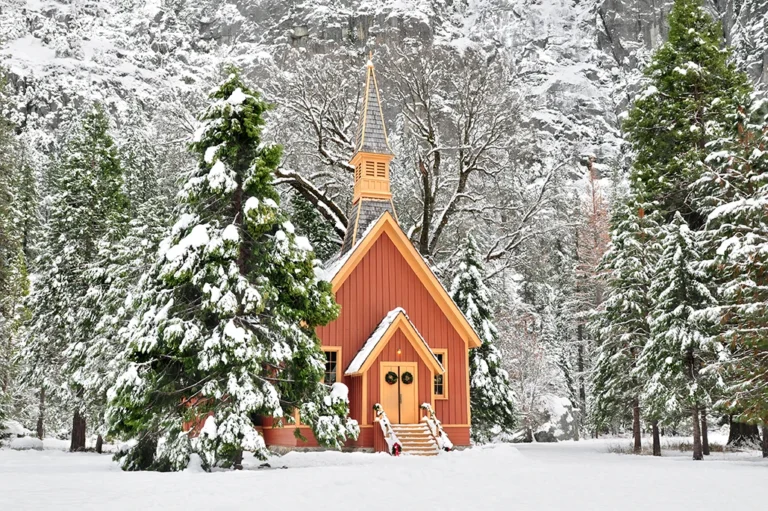
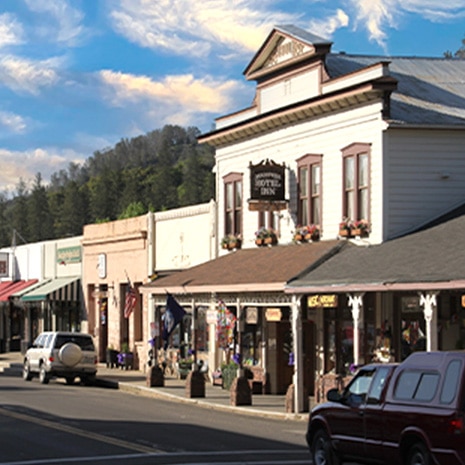
The town of Mariposa is located just 32 miles from Yosemite National Park, making it an integral part of Yosemite history. The proximity presence of Yosemite meant that tourism, as far back as the 1870s, played a role in the life of the Mariposa county. In a short time, the area drew 19th Century influencers such as John Muir, a naturalist who fell in love with the Yosemite Valley. Muir helped local ranchers better tend to the land without destroying it by encouraging the use of domesticated livestock. His vigorous defense of the valley helped Americans see Yosemite in a new light, and his efforts eventually led to the establishment of Yosemite National Park in 1890. As a result, growth in the area has been limited and the beauty of the region has been preserved for generations to come.
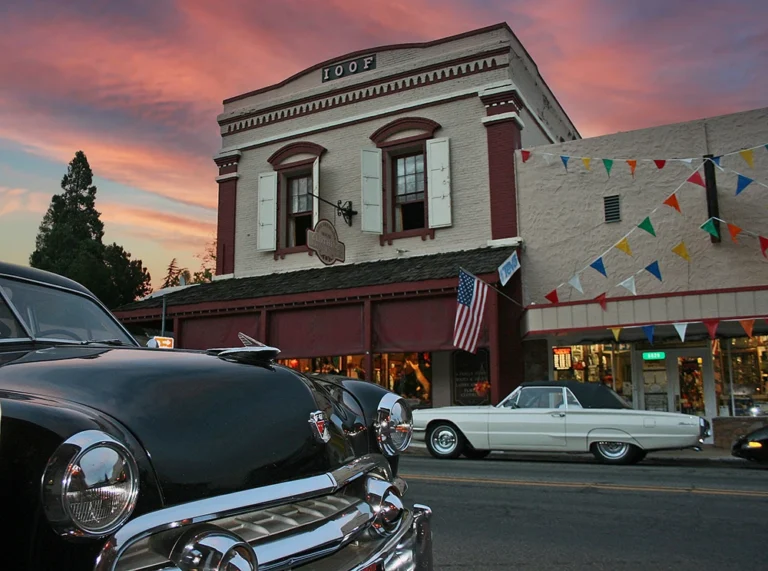
While the population of the area remains low thanks to the national park status (population in Mariposa County was just over 17,000 in the 2020 Census), the number of visitors it attracts remains sizable. The growth of automobile travel after World War II brought visitorship from the hundreds of thousands to four million per year in modern times. As small industrial operations and family farms decline, the area’s economy has become more and more inextricably linked to tourism. While some areas are mere ghost towns, others serve as hubs for visitors from Los Angeles, San Francisco and other large metropolitan areas that welcome visitors to the region.
Ready to explore? Learn more about the top 100 things to do in Mariposa County.

